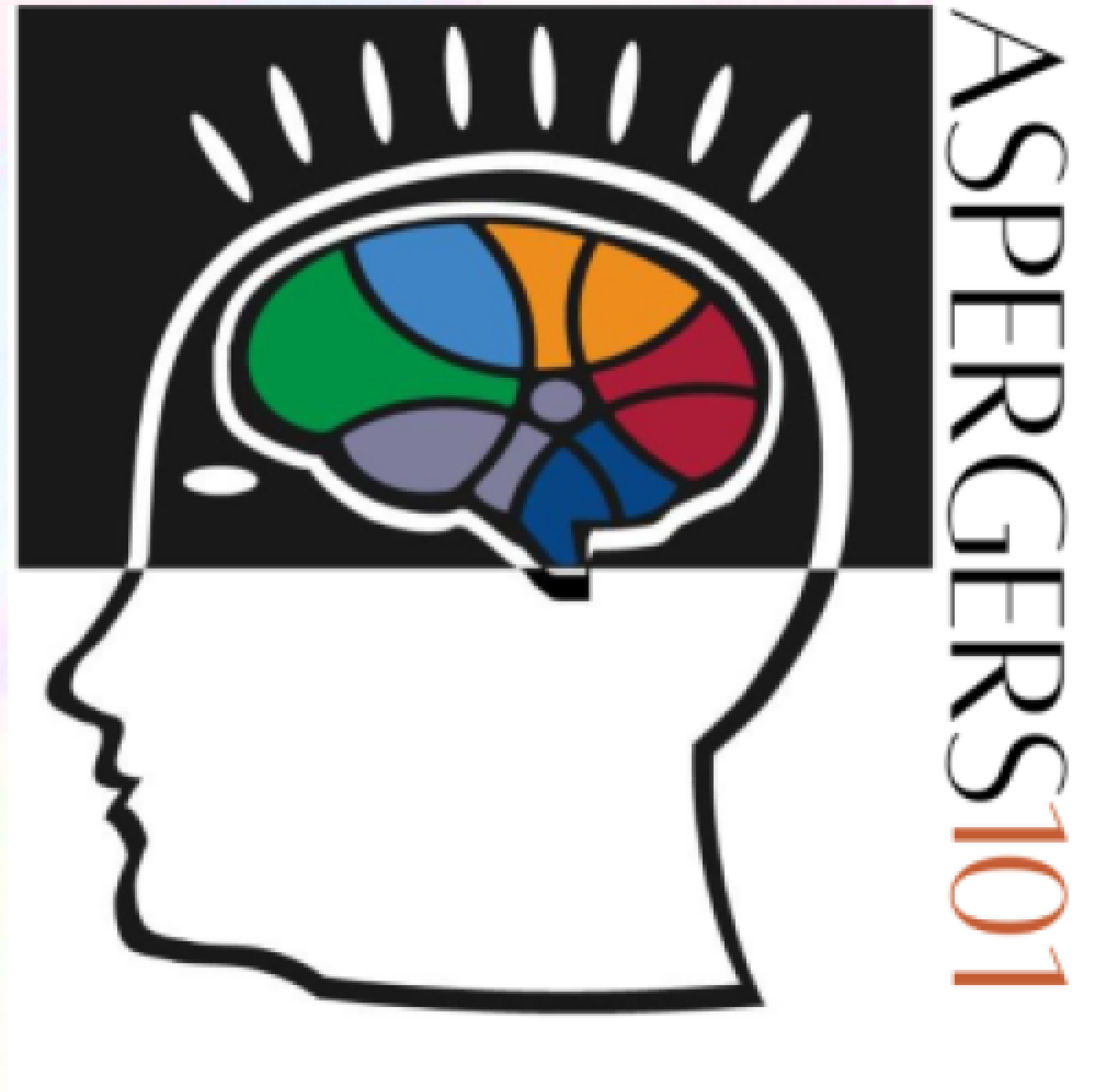How to Accomodate Sensory Differences in School: Sight
As many of you already know, individuals with an Autism Spectrum Disorder may experience significant differences in how they perceive the world through their senses. Over the course of the next several blogs, we will take a closer look at each of the senses and explore possible strategies and techniques to help reach homeostasis or deal with the sensory difference. Not all children with ASD have sensory sensitivities, but some children might have several.
This week, we will begin with the sense of sight. Approximately 70% of information about the world is taken in through the eye. Firstly, it should be noted that research exploring the brain of individuals on the spectrum has found that there is generally a heightened awareness of visual details. Also, the brain processes information and makes decisions/plans in the visual region of the brain. The sense of vision is critical for all individuals and the implications for differences in this sense is especially important to understand.
The Education (K-12) Blogs and Special Ed Q & A are written and maintained weekly by Lisa Rogers with Educating Diverse Learners. Lisa received her M.A. in Special Education with an endorsement in the area of individuals with severe disabilities. Mrs. Rogers has also created products that have been used throughout the state of Texas for training purposes. Through the Association for Texas Professional Educators [ATPE], Ms. Rogers has produced an online course that targets the importance of visual strategies for student with autism spectrum disorders and just released her highly anticipated book titled: Visual Supports for Visual Thinkers.

